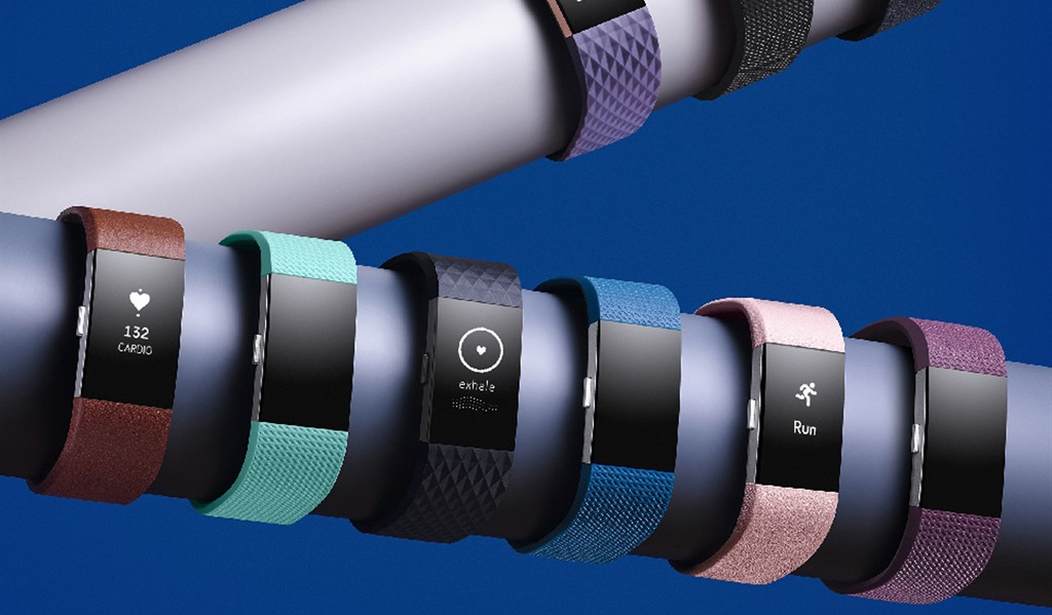In May of 2020, Fitbit announced some early findings from users who enrolled in a COVID-19 study. The company’s goal was to build an algorithm that detected COVID-19 before symptoms started. By August, they could catch a COVID-19 infection based on physiological signs a day before a user had symptoms with 70 percent accuracy. That’s pretty impressive for a non-invasive data collection system worn on your wrist.
Now the company has released longitudinal data about physiological changes during and after recovery. This data is part of a more extensive study called DETECT, measuring data from other wearable devices such as the Apple Watch and Garmin. The investigation launched in March 2020, and users downloaded an app that uploaded their biometric data to the study. Users then logged symptoms of illness they experienced and the results of any COVID-19 test they took.
Recommended: The Long, Long March Back to Normal
Between May of 2020 and January of 2021, the study collected data on 875 Fitbit users who experienced respiratory illness symptoms. Researchers evaluated changes in the biometric data before a person was ill, through the illness, and into recovery for several months. It also allowed them to compare COVID-19 positive patients with those with respiratory symptoms who tested negative.
Resting heart rate (RHR) is one of the measures the current analysis used. This rate is typically measured at night while a person is sleeping. The researchers calculated a baseline for users enrolled in the study and compared changes during the period the group was symptomatic and through post-recovery. The study also looked at activity using step count and sleep quality:
This difference [between the COVID positive and COVID negative participants] was most marked for RHR, with COVID-19–positive individuals initially experiencing a transient bradycardia [low heart rate] followed by a prolonged relative tachycardia [elevated heart rate] that did not return to baseline, on average, until 79 days after symptom onset. Step count and sleep quantity returned to baseline sooner than RHR at 32 and 24 days, respectively.
The researchers also note that a subgroup of patients that were more likely to report the symptoms of cough, shortness of breath, and body aches maintained an elevated resting heart rate that did not return to normal for more than 133 days. The authors hypothesize these findings could indicate autonomic nervous system dysfunction or inflammation that lingers beyond the return to regular activity.
“Long-term COVID symptoms marked by autonomic dysfunction and cardiac damage following COVID-19 infection have been noted for up to six months after symptom onset, but to date have not been quantified, to our knowledge.Wearable devices provide a way to continuously track an individual’s physiological and behavioral metrics beginning when healthy (i.e., before infection), during the course of infection and recovery back to baseline.”
The DETECT study is just the beginning. John Moore M.D., Fitbit’s medical director, is optimistic about the future of biometrics in disease prevention and detection:
“Research to understand the long-term impacts of COVID-19 on health and well-being is incredibly important, and wearables such as those from Fitbit continue to have a vital role in these efforts,” John Moore, M.D., medical director at Fitbit, told Fierce Healthcare in a statement. “Fitbit’s published research has shown that metrics like breathing rate, resting heart rate and heart rate variability (HRV) can offer useful insights into disease onset and effects on the body. We are pleased that our ongoing collaboration with Scripps Research has yielded new findings about the impact of COVID-19 over time, which further highlights the potential for wearables data in early detection of acute illness and chronic conditions beyond the current pandemic.”
Apple Watch 6 is already incorporating a heart rhythm monitor that looks for atrial fibrillation. This particular heart rhythm can be transient or chronic and increases the chances of clot-related disorders. Proper treatment allows people to live normal lives, but detection is critical. With the rhythm monitor in place, future updates could recognize other heart rhythm irregularities, alerting a user to get evaluated. It becomes more powerful when combined with other biometric data, such as oxygen levels and respiratory rate. Early treatment for heart-related problems decreases physiological damage and improves recovery outcomes.
Related: Israel Says There Is a Probable Link Between the Pfizer COVID-19 Vaccine and Cases of Myocarditis
While there are certainly data privacy concerns with this kind of data collection, its potential to save lives due to heart attacks and stroke is profound. It could revolutionize patient monitoring and drastically improve overall health.










Join the conversation as a VIP Member